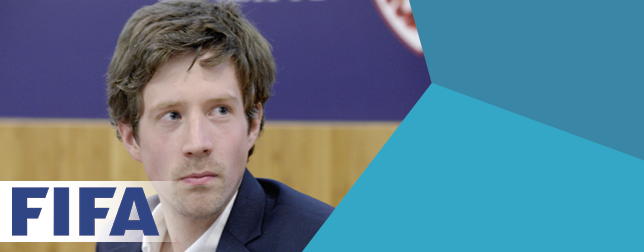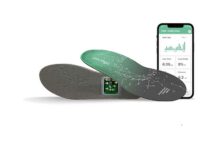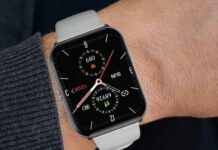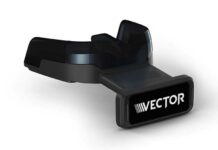The Digitalization of the Sport and Fitness Industry will be a hot topic at the WT | Wearable Technologies Conference 2018 Europe which will be held on January 30 and 31 in Munich in line with ISPO tradeshow for the 12th consecutive year. This year we are taking a deep dive into wearables for football. FIFA’s lead for wearables and innovation Nicolas Evans will be giving the opening keynote on January 30. Here our brief interview with him:
Is it possible for players to wear wearables during a live FIFA football match? And is this done already today for example to show players’ heart rates? If not is the data accessible for the coach? Or will any of these be available in the future?
Yes, the Laws of the Game allow the use of wearable Electronic Performance Tracking Systems to be used so, subject to the competition organiser’s approval, any team is free to wear such wearables during official matches. Wearables are commonly used in training but only a few players and teams are using them in match. Real-time accessibility of reliable data to coaching and medical staff is one of the developments FIFA and the IFAB are currently working on.
Which are the most prominent examples of soccer teams that are currently using wearables during practice?
A majority of teams from the big leagues wear such devices in training, so typically teams in England, Spain, Germany and many other as well as a number of national teams. While providers, technologies and functionalities vary, it has become relatively established to use data from wearables as one of the elements to quantify training sessions and have better control over the load that players are being subjected to.
Will the chip in ball technology come to FIFA leagues anytime soon? Or are you currently only evaluating camera technologies for score monitoring?
The ball plays such a critical role in analysis in football that any stakeholder, including FIFA, would welcome a technology that allows for very accurate data collection from the ball itself without affecting the performance of the ball. While validity of data needs to be the main concern for implementation, operational use needs to be considered too as many tournaments work with multiple balls in matches.
In your opinion which is the coolest Wearable you have seen in 2017 so far?
It is difficult to name an individual product as there are so many different types and applications. I am fascinated by some of the smart garments measuring muscle activity but equally like wearables that are accessible to amateur and grassroots football and allow “professionalisation” on a small scale – be it for players, coaches or referees. Overall I believe that it will be the combination of different wearables that will help take football and other sports to the next level so developments are needed on many different fronts.
This was only a sneak peek into FIFA’s strategy on wearables. Don’t miss Nicolas Evans’ Keynote: Bringing Technology into Football – FIFA’s vision 2.0 on January 30 at the WT | Wearable Technologies Conference 2018 Europe. You can still register for the event here.















